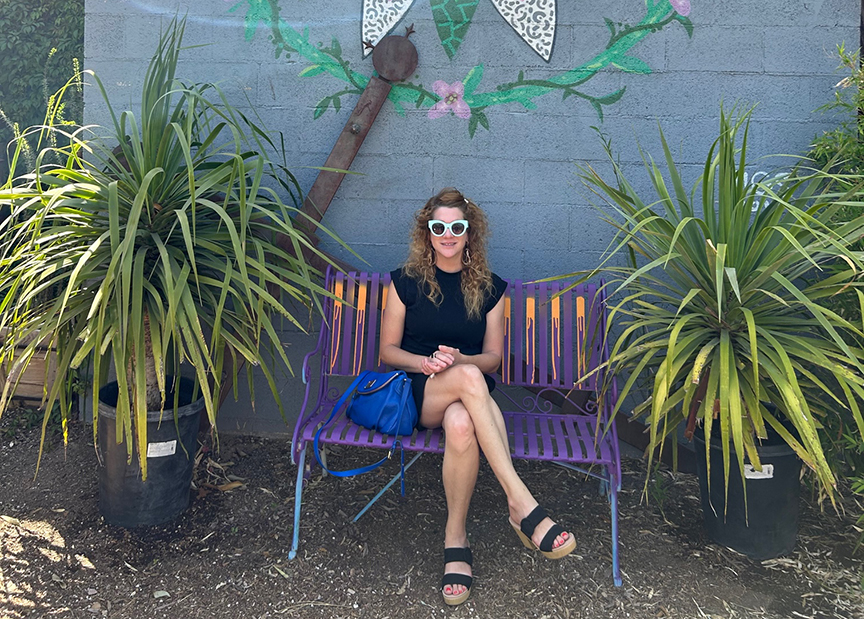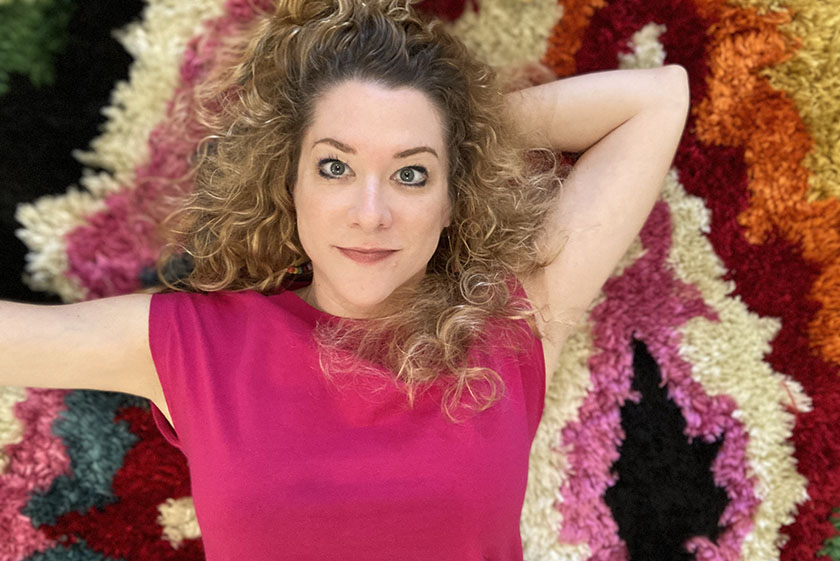
At what age are we happiest and unhappiest?
Hello, my name is Amy and I just turned 47, the most depressing age of life according to a 2020 study by David G. Blanchflower, a British-American labor economist and academic.
If you’re thinking WTF?, I hear you, but the data is pretty solid: 500,000 people in 145 countries participated in the study that correlates mood with economic, social, and political well-being. People are apparently most depressed between 47 and 48 — both in developed and developing countries — with so-called misery peaking at 47.2.
Why are people so unhappy at 47.2?
One theory is that age 47 represents the transition from youth to maturity in modern life. As Saumyaa Vohra says in GQ India, “It is the age-old trope of the midlife crisis, but it isn’t a played-for-laugh TV gimmick; it is a very real reckoning of moving from one phase of life to another, one we deem less favourable than our wild and wonderful youth.”
In other words, life’s “halfway point” tends to make us question everything from our place in the world, what we’ve achieved, and what’s left of our time on the planet (or some other planet). We could chalk up the doom and gloom to the stresses of hardcore adulting. You know, heightened grown-up responsibilities, the pressures of our proverbial career peaks, navigating new health issues, relationship shifts, retirement planning, kids, aging relatives, and whatever other 39 things are on your Sandwich Generation plate.
I can also see how, for women, 47.2 is prime time for perimenopause (at least, it is for me), rife with hot flashes, night sweats, weight gain, headaches, moodiness, dwindling energy, and other memorable moments.
I’ve known about Blanchflower’s study for several years and have been waiting until I turned 47 to write this story. At age 44, I thought, “Nah, the 47 doldrums won’t happen to me” after stumbling on the research right around the time my husband turned 47. I have to say: He was in a bummer mood that year. Granted, he was 47 during the COVID lockdown, so who could blame the guy, but he was also kinda bummed about his place in life in general. When I asked him how he’s feeling about life now, at age 50, he said confidently, “I feel good. I’ve accepted that I’m in my second-half. I like where I’m at and am grateful for my family and everything I have.” Awww.
So how am I feeling at 47? OK overall, but I’m angsty to make some changes — and change is good. (I’ll add this to my to-do list.) That said, you know what? I’m glad I know when people tend to be unhappiest. In light of Heather Armstrong’s suicide at 47, it’s giving me plenty to ponder, reassess, and envision brighter times in my second-half. That, and I’m pretty sure I don’t want to go back in time.
So at what age are we happiest?
Let’s get to the good news already — 47.2 represents the lowest point of a “happiness U-curve.” Meaning, according to the Blanchflower study, our happiness levels fall in the first decades of adulthood, and then hit bottom in our late 40s before rebounding upward.
Our happiest years are likely to come in our 50s and beyond! My mom, now in her 70s, declared 50 her favorite age of life so far. As Art Markman, PhD, reports in FastCompany, happiness declines from your teens into your twenties, and stays low until about 50 after which it starts to rise again and continues to rise through your 60s.
Blanchflower says there are three primary reasons people tend to see a rebound on the happiness front after 47.2:
1. They learn to readjust expectations of themselves.
2. They learn to appreciate their success when they realize others haven’t achieved as much.
3. They learn that happy people may live longer in general.
How about you? How would you rate your happiness factor at your current age? Chime in on comments.


